The B2B sales journey can be difficult – don’t fall at the final hurdle. How to put the hidden buyer in full view!
We’ve all been there – you’ve found your prospect, met them (maybe even multiple times), you’ve been introduced to colleagues, you’ve presented and spent hours working on that proposal. You think you’ve impressed them, and you think your solution fits their paint points perfectly. Then out of nowhere, you’re given a no, maybe with little to no reason. It’s like a bad breakup.
The pressures of today’s B2B sales landscape are vast. There are longer sales cycles, an increased number of stakeholders (6-10 people are now involved in the B2B buying process), increased appetite to conduct primary research from over 65%of B2B buyers, and even a new generation of B2B buyers, as we welcome Gen Z into the mix. As such, roughly half of all B2B deals dissolve due to lack of consensus. For more information on the roles of key positions who might make up a buying group, read our recent blog!
What is clear is that B2B marketing pros have their work cut out just navigating the complexities they can see in front of them.
But the graft doesn’t stop there! Beware, the hidden buyer.
The unseen buyer – who, what, and where
As this LinkedIn article states, “A Hidden Buyer is a highly influential decision-maker in the B2B buying group — often from procurement, finance, or legal — who plays a key role in approvals but remains invisible to most marketing efforts because they don’t engage with ads, content or intent signals. Despite their low visibility, they are often the gatekeepers of trust and risk.”
Despite being more-or-less invisible in terms of generating signals of marketing intent, the B2B hidden buyer holds much purchasing power. Research has found that B2B hidden buyers (49%) have almost equal decision-making influence within buying groups (51%).
So just how can B2B pros target these buying groups and account for the unseen buyer? We’re following the pointers listed in the LinkedIn piece, with some IBA flare sprinkled in too:
1. Keep brand building, then brand build some more!
The report found that hidden buyers are much more influenced by brand than Target Buyers and are 70% more likely to reject brands that are not well-known to others and 31% more likely to reject brands that they themselves do not know. It’s where you will really see how good your brand building has been.
Brand building is not a one-stop shop and PR and content marketing campaigns are not one and done. Once prospects are aware of your business offerings, the pressure is on to show why yours is the best in the market. Prospects want to know that you understand their pain points, but they also want to know that you can help alleviate these pain points.
It’s all about demonstrating expertise and establishing your company as a thought leader – consider your content stack and remember the power of executive profiling, this resonates beyond sales presentations, its about showing strength in depth in a key technology, market, or industry. If you’re stuck, IBA can help with that!
2. Content that suits multiple stakeholders – because there is more of them than ever!
Challenger conducted an analysis on buying group gridlock and found that when the size of the decision-making team moved beyond five, the likelihood of completing a deal dropped sharply, from 53% to 31%. It’s here where your content needs to step up to the plate. With an increasing amount of research being conducted before purchasing, B2B stakeholders (and their hidden peers) are doing their homework.
Here at IBA, content creation is in our DNA and we understand that thetype of content will help not only improve brand recognition and trust, but it will set apart a great marketer from a good one. Consider classic content vs evergreen content (spoiler alert, one holds much greater value than the other!) and remember that the numerous faces or persona that make up that prospective ‘buyer’ may go from GenZ to boomer, influencer to user, investor to buyer with different interests, priorities and opinions. So, it’s about making content that is credible, high-quality, and can appeal to a wide audience – including the ones you don’t already know about.
3. Balance your messaging – real humans want real stories!
Just because they are hidden, it doesn’t mean they aren’t human! You want a full range of decision-makers to recognize your brand and, ideally, associate it with a level of quality and trust. The target of all these carefully crafted messages is still a human being, each with their own unique thoughts and feelings when it comes to making a multi-million-dollar investment into a B2B product or service.
Here, case studies can play a huge role in building trust and credibility. You may not have permission to use the case study in the media, but your customer may be happy to be a sales reference for you particularly if incentivized in some way! Real-life success stories of how a company overcame a specific industry problem or achieved exceptional results could just be the tipping point to help close a decision from a hidden buyer who wasn’t aware of your customer credentials.
4. Memory corrosion is real
Once you’ve built a brand up in the mind of a prospect, the task moves to memory recall and staying relevant over an extremely long sales cycle. Remember way back in 2023, we covered the idea of memory corrosion when we visited the B2B Marketing Expo – it still rings true! “When it comes to advertising, corroding memories mean lost sales.” It’s about the 95-5 rule, because 95% of your buyers aren’t ready to buy today and may not be for some time in the B2B sales cycle. Most buyers are future buyers – and future buyers are the source of future cash flows.”
It all circles round to our earlier points, brand building, and a credible, varied, content stack around a key message. Campaigns must be planned on a yearly basis, with multiple content stacks creating a blend of carefully curated messaging, communicated to prospects via a variety of platforms, in targeted industry segments. That’s where quantity and quality will ensure your brand is fresh in the buyer’s mind and the Google search.
It’s a marathon not a race – but always beware of the hidden buyer
Landing a prospect may not be a short time cycle, it can go as far as up to three years! It will come down to nurturing these prospects, and showcasing how you can add real value to their business.
Despite all, the key theme to getting the seal of approval from hidden buyers lies in familiarity – building a credible, trustworthy brand, that can speak for itself, no matter the buyer at the other end!
Georgia Harris is PR Lead Themes at IBA International


